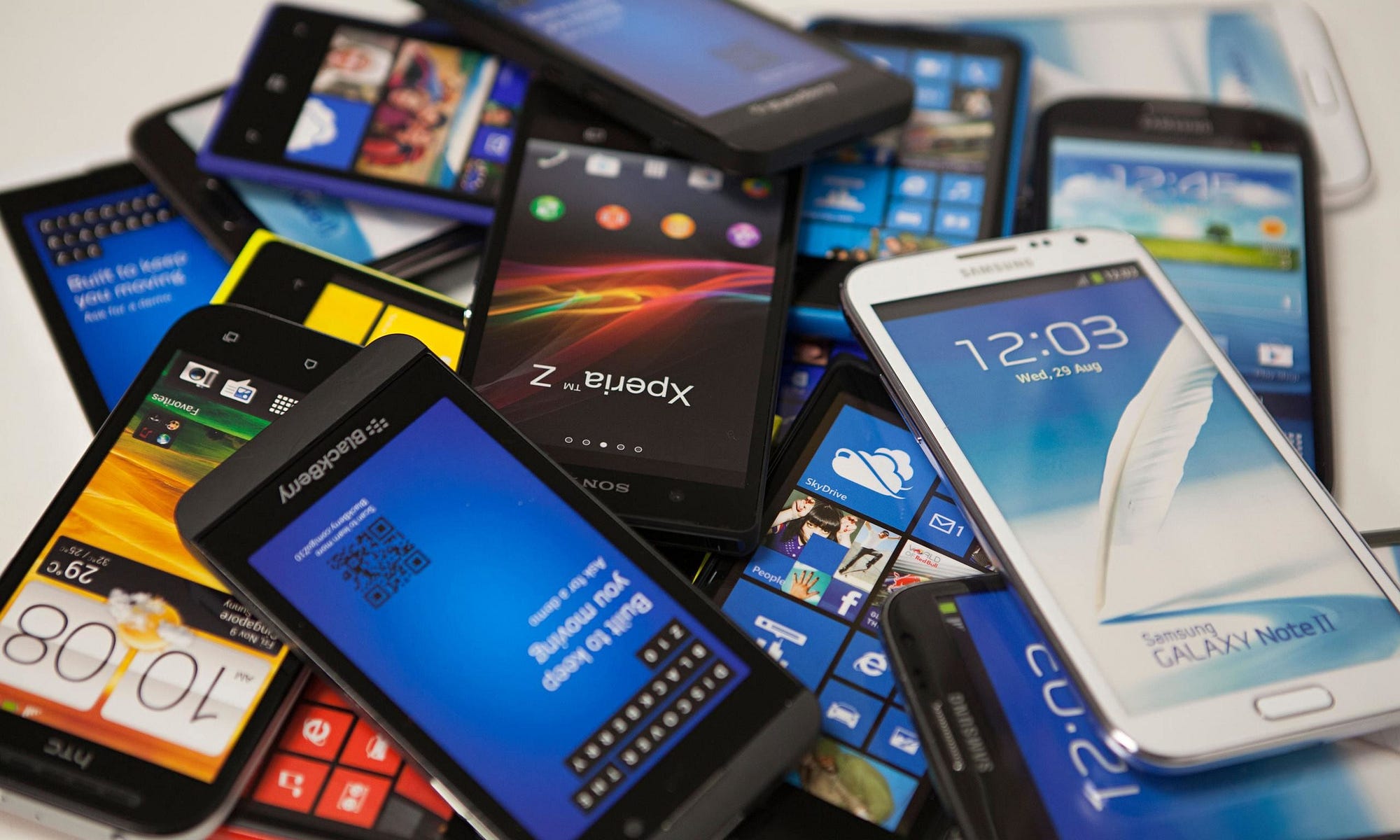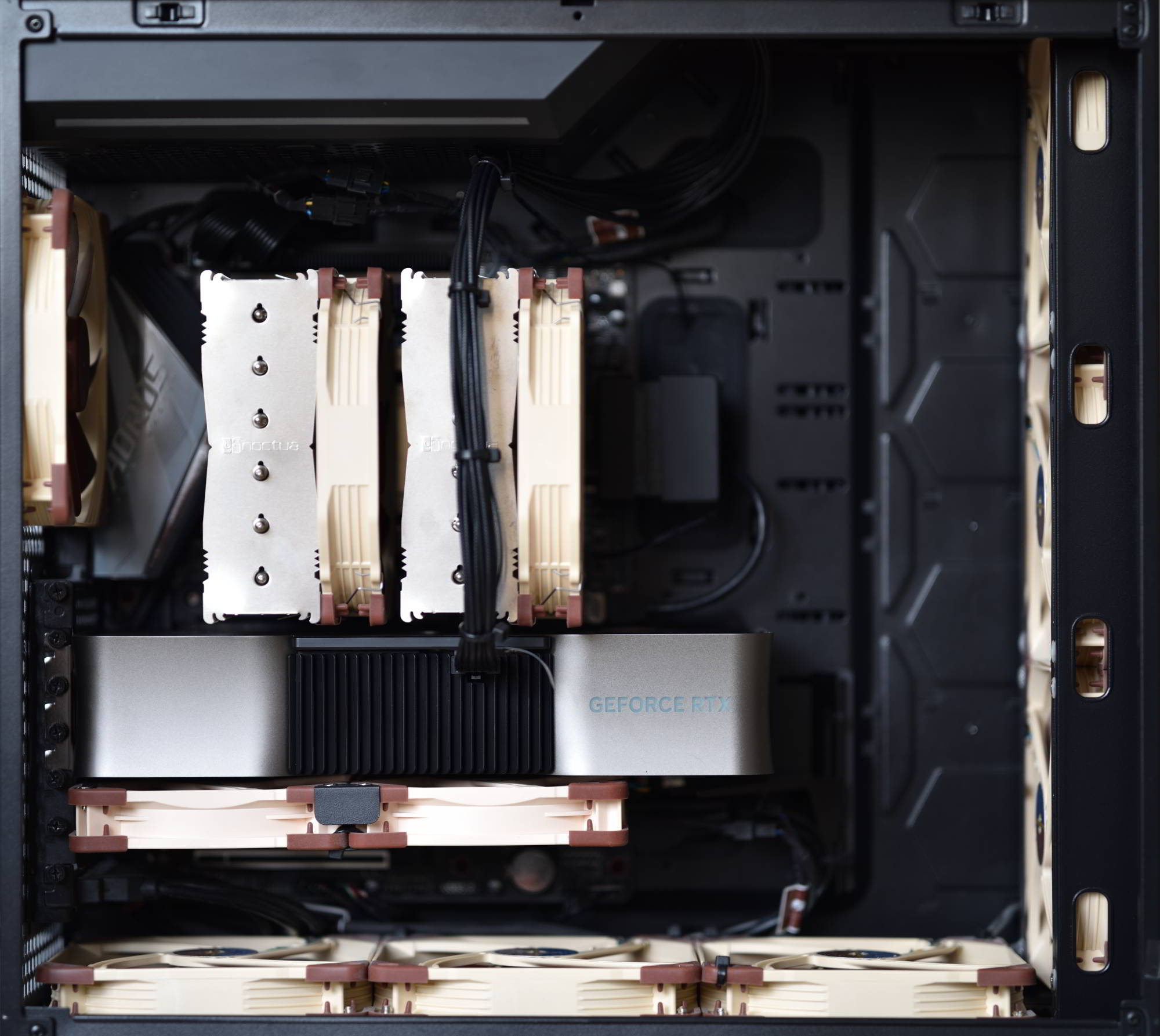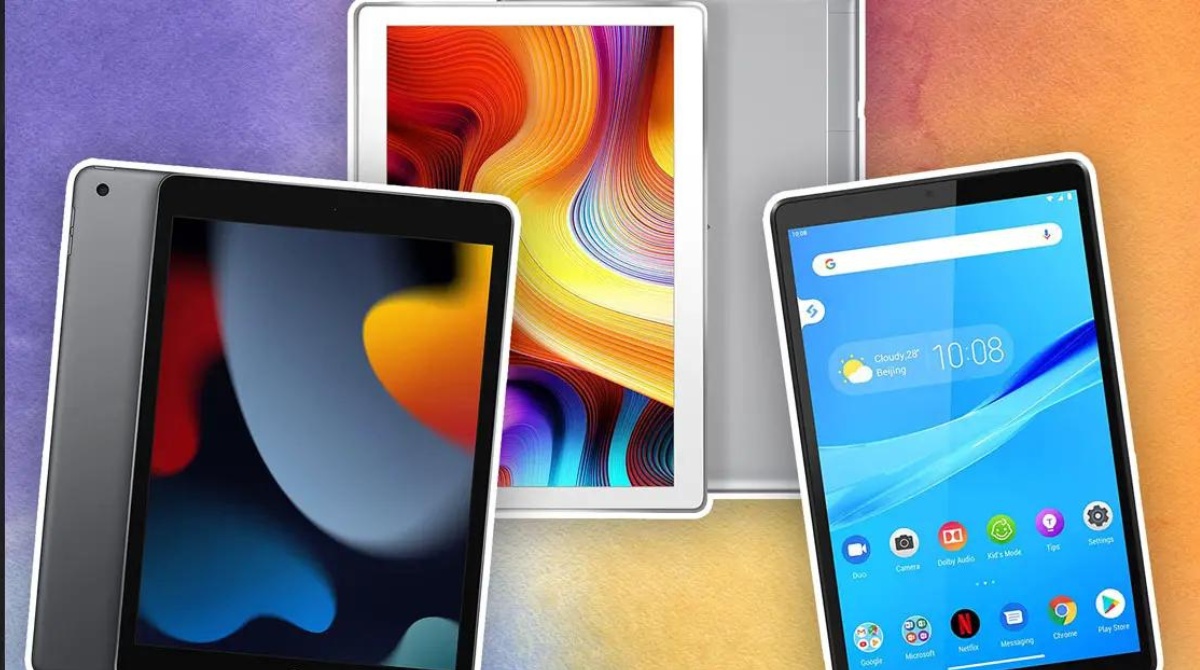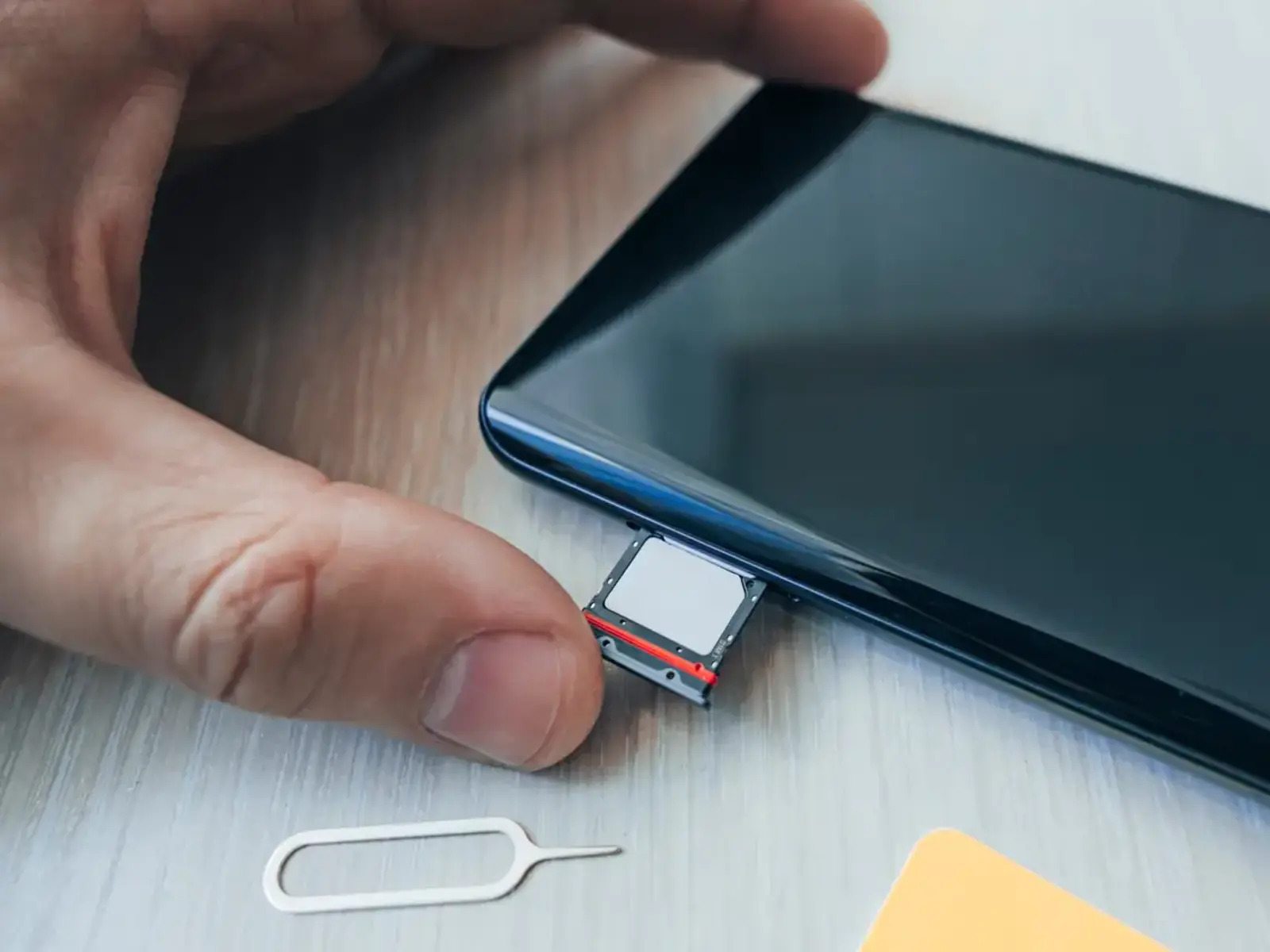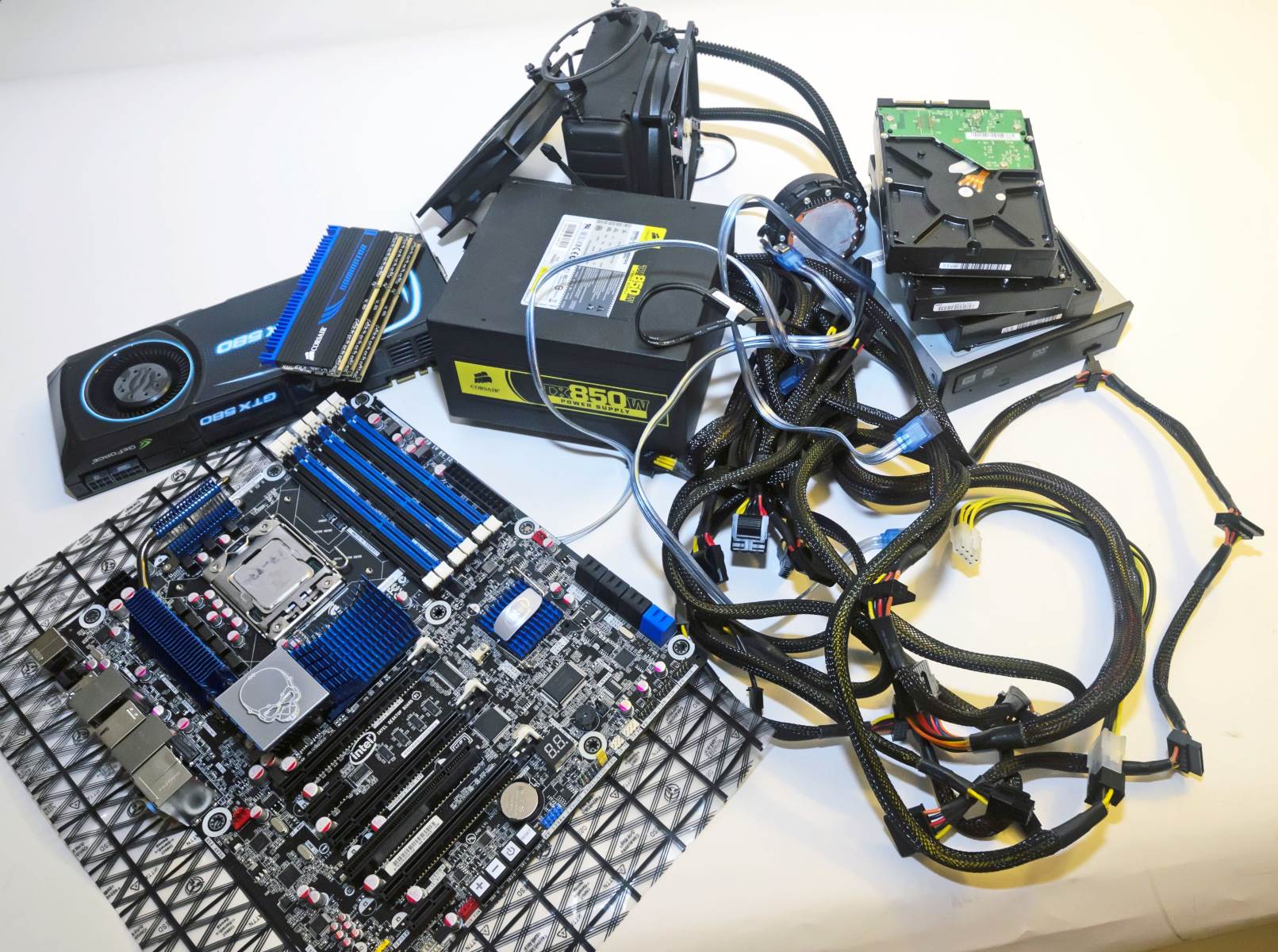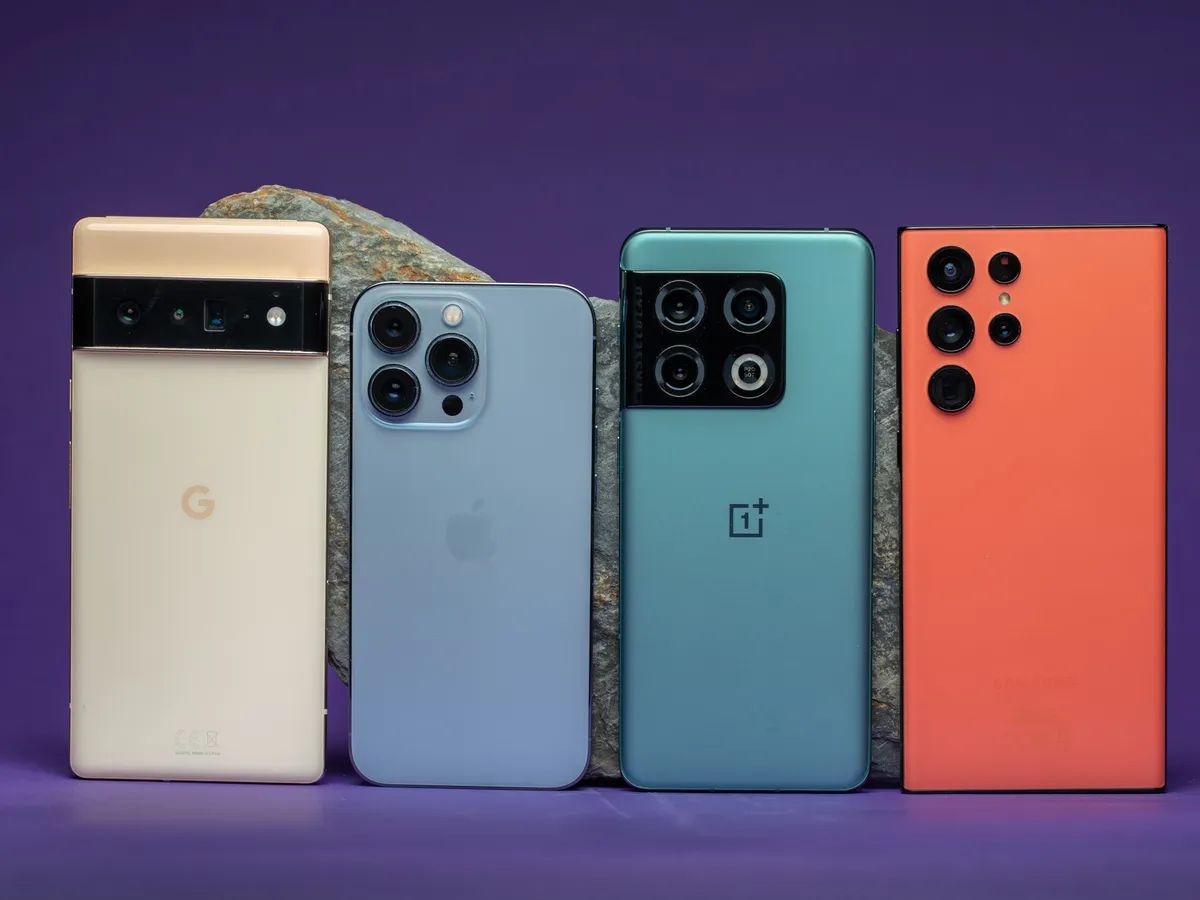Introduction
Smartphones have become an indispensable part of our lives. We rely on them for communication, entertainment, and staying connected with the world. However, the rapid pace of technological advancements means that the phone you own today might become obsolete within a year or two. This might seem surprising, considering the amount of money we invest in smartphones, but there are several reasons behind this phenomenon.
The smartphone industry is driven by innovation and competition. Every year, manufacturers introduce new models with faster processors, larger screens, improved cameras, and advanced features. These technological upgrades make our current smartphones feel outdated and less capable in comparison.
In addition to technological advancements, planned obsolescence also plays a role in making our smartphones obsolete. This refers to the strategy employed by manufacturers to intentionally design devices with a limited lifespan. They do this by discontinuing software updates, making it difficult to find compatible accessories, and discouraging repairs. As a result, consumers are forced to upgrade to newer models, creating a constant demand for the latest smartphones.
Furthermore, contract and phone upgrade plans offered by network carriers also contribute to the obsolescence of smartphones. These plans often come with a fixed-term contract, after which consumers can upgrade to a new device. With the promise of getting the latest technology and features, consumers are inclined to replace their existing smartphones, even if they still function adequately.
Rapid Technological Advancements
The field of technology is constantly evolving, and smartphones are no exception. With every passing year, there are new breakthroughs and innovations that push the boundaries of what our devices can do. This rapid pace of technological advancements is a key factor in rendering our smartphones obsolete in a relatively short timeframe.
One of the main areas where technological advancements impact smartphones is in terms of hardware. Processors become faster and more efficient, allowing for smoother multitasking and faster app loading times. Displays become sharper and more vibrant, offering a better visual experience. Cameras improve with higher resolutions, better low-light performance, and advanced image processing capabilities.
Moreover, software plays a crucial role in the functionality and usability of smartphones. Operating systems receive regular updates with new features, enhanced security measures, and improved performance. However, these updates are often not compatible with older devices, gradually phasing them out and forcing users to upgrade to newer models.
Another significant area of innovation is in the realm of connectivity. Each generation of smartphones brings forth faster wireless technology, allowing for quicker download speeds and seamless streaming of content. As network carriers roll out new infrastructure, older devices may not be able to take advantage of these advancements, making them less efficient and less desirable to use.
Additionally, advancements in augmented reality (AR), virtual reality (VR), and artificial intelligence (AI) are transforming the capabilities of smartphones. From immersive gaming experiences to enhanced productivity tools, these emerging technologies require more computational power and specialized hardware, rendering older devices incapable of delivering the same level of performance.
Overall, the relentless pace of technological advancements is a double-edged sword. While it brings exciting new possibilities and features to smartphones, it also means that our current devices quickly become outdated in the face of newer, more advanced models. As consumers, we find ourselves caught in a perpetual cycle of upgrading and replacing our smartphones to keep up with the ever-changing landscape of technology.
Planned Obsolescence
Planned obsolescence is the intentional strategy employed by manufacturers to make products, including smartphones, become obsolete within a certain time frame. This approach ensures a constant demand for new devices, driving sales and generating revenue for the companies. There are several ways in which planned obsolescence affects the lifespan of smartphones.
One common way manufacturers implement planned obsolescence is through software updates. When a new model is released, manufacturers often prioritize providing software updates and new features for the latest devices, while gradually phasing out support for older models. This means that as time passes, older smartphones may no longer receive the latest Android or iOS updates, leaving them vulnerable to security risks and limiting their compatibility with new apps.
In addition to software updates, manufacturers may make it difficult to find compatible accessories for older smartphones. This includes chargers, cables, and cases specifically designed for a particular model. With limited availability, users may find it challenging to replace or upgrade their accessories, discouraging them from holding onto their existing devices and pushing them towards purchasing newer models.
Another aspect of planned obsolescence is the lack of repairability. Many manufacturers design smartphones with non-user-replaceable batteries, making it difficult for consumers to replace a worn-out battery and extend the life of their device. Additionally, repairability is often hindered by the complex construction of smartphones, with delicate components making it impractical or expensive to fix certain issues. This forces consumers to consider buying a new phone instead of repairing their current one.
Furthermore, manufacturers may deliberately create a perception of outdatedness by heavily marketing new features and technologies. With each new model, there are often advancements such as improved camera capabilities, enhanced biometric security, or better screen technology. By highlighting these features, manufacturers aim to make older models appear obsolete and less desirable, enticing consumers to upgrade to the latest offering.
In summary, planned obsolescence is a strategic approach employed by smartphone manufacturers to shorten the lifespan of devices. Through software updates, limited availability of accessories, non-user-replaceable batteries, and marketing tactics, manufacturers create a cycle of constant upgrades and replacements. This business strategy ensures ongoing sales and profitability while leaving users with no choice but to succumb to the allure of newer, more advanced smartphones.
Contract and Phone Upgrade Plans
Contract and phone upgrade plans offered by network carriers play a significant role in making smartphones obsolete within a short period of time. These plans are designed to encourage consumers to upgrade their devices, even if their current smartphones are still functional and capable.
Most network carriers offer contract plans where customers sign up for a fixed-term agreement, typically one or two years. As part of these plans, customers often receive a subsidized or discounted price for their smartphones. However, once the contract term is over, carriers entice customers with the option to upgrade to a new device at a reduced price. This upgrade incentive creates a constant cycle of device turnover, as consumers are tempted to stay on the latest technology bandwagon.
Phone upgrade plans offered by carriers further accelerate the obsolescence of smartphones. These plans allow customers to upgrade to a new smartphone after a certain period, usually 12 to 18 months. The allure of getting the latest model with advanced features and improved performance prompts users to discard their current devices, despite them still being in working condition.
Carriers often market these upgrade plans as a way to stay up-to-date with the latest technology and have access to new features. This marketing strategy taps into consumers’ desire to have the latest gadgets, leading them to discard their functional smartphones in favor of newer models.
Moreover, these plans create a sense of exclusivity and status, as having the newest smartphone is often associated with being at the forefront of technology. This psychological factor further contributes to consumers wanting to upgrade their devices and keep up with the trends.
While contract and phone upgrade plans provide benefits in terms of affordability and access to new devices, they also perpetuate the cycle of planned obsolescence. Consumers may feel pressured to upgrade their smartphones, even if their current ones are still capable of meeting their needs.
Overall, contract and phone upgrade plans offered by network carriers create a market demand for new smartphones by enticing consumers with reduced prices and the promise of having the latest technology. These plans play a significant role in making our smartphones quickly become obsolete, as consumers are constantly encouraged to upgrade to the newest models, regardless of the condition or capabilities of their current devices.
Software Updates and Compatibility
Software updates are an essential aspect of smartphone functionality and security. They provide bug fixes, performance enhancements, and introduce new features to enhance the user experience. However, these updates also play a role in making our smartphones quickly become obsolete.
When a new smartphone model is released, manufacturers focus their efforts on providing software updates and new features for the latest devices. This means that older models gradually receive less support in terms of software upgrades. Over time, these updates may become exclusive to newer models, leaving older smartphones behind in terms of compatibility and functionality.
As software evolves and becomes more advanced, older devices may struggle to cope with the system requirements of the latest updates. The hardware of older smartphones may not possess the necessary processing power, memory, or storage to handle the demands of newer operating systems or resource-intensive applications. This results in sluggish performance, decreased battery life, and limited compatibility with newer apps.
Furthermore, software developers tend to optimize their apps and services for the latest operating systems and hardware specifications. This optimization may exclude older smartphone models, limiting their ability to run certain apps or access certain features. As a result, users of older smartphones may find themselves unable to benefit from the latest applications and services, further contributing to the obsolescence of their devices.
In addition, as new security threats emerge, manufacturers prioritize providing security patches and updates for the latest devices. This leaves older devices more vulnerable to security risks and compromises, as they may not receive the necessary security updates to protect against evolving threats. The lack of software support and security updates gradually renders older smartphones obsolete and less secure.
Furthermore, as new operating systems and software versions are released, compatibility issues arise with older hardware and accessories. For example, older smartphones may not support the latest Bluetooth technology, making it difficult to connect to certain devices. This lack of compatibility can limit the functionality and usability of older smartphones, making them less desirable to users who rely on specific accessories or require seamless integration with other devices.
In summary, software updates and compatibility are key factors in the obsolescence of smartphones. As new operating systems and apps are developed, older devices may struggle to keep up with the system requirements and the demands of resource-intensive applications. The lack of software support, limited compatibility with new apps, and the absence of security updates gradually render older smartphones obsolete, compelling users to upgrade to newer models.
Arrival of New Features and Technologies
The rapid advancement of technology has led to a constant influx of new features and technologies in the smartphone industry. Each new model brings with it innovative capabilities and enhancements that entice users to upgrade, leaving their current smartphones obsolete.
One area where new features have a significant impact is in camera technology. Manufacturers continuously strive to improve the quality and capabilities of smartphone cameras. They introduce features such as multiple lenses, larger image sensors, optical image stabilization, and advanced image processing algorithms. These advancements allow users to capture stunning photos and videos, making older smartphones with less advanced camera technology seem outdated.
Another area of innovation is display technology. Manufacturers are constantly pushing the boundaries of screen design and resolution. High-resolution displays with vibrant colors, high refresh rates, and bezel-less designs are becoming more prevalent. These advancements improve the visual experience, making older smartphones with lower-quality displays feel outdated and less appealing.
Moreover, the arrival of new technologies such as 5G connectivity, augmented reality (AR), and virtual reality (VR) capabilities contribute to the obsolescence of smartphones. 5G offers significantly faster download and upload speeds, enabling seamless streaming and faster internet browsing. AR and VR bring immersive experiences, allowing users to interact with virtual objects and environments. These technologies require specialized hardware and processing capabilities that older smartphones may not possess, making them incapable of enjoying the full range of these new features.
Additionally, advancements in biometric security, such as facial recognition and fingerprint scanners, further contribute to the obsolescence of older smartphones. Newer models often introduce more advanced and secure biometric authentication methods, making older devices feel less secure and outdated in comparison.
Furthermore, other cutting-edge features and technologies, such as improved battery life, faster processors, artificial intelligence (AI) integration, and advanced audio capabilities, are frequently introduced in new smartphone models. These features enhance performance, extend usability, and offer new functionalities that older devices may not be equipped to handle, making them quickly outdated.
The constant arrival of new features and technologies in smartphones creates a sense of excitement and desire for the latest models. Users are enticed by the possibilities and capabilities of the new devices, leading them to upgrade and leave their current smartphones behind. As a result, smartphones with older features and technologies become obsolete in the face of the constant wave of innovation.
Wear and Tear
As we use our smartphones on a daily basis, they inevitably experience wear and tear. This physical deterioration can contribute to the obsolescence of our devices over time.
One common aspect of wear and tear is the physical condition of the smartphone itself. Daily usage can result in scratches, scuffs, and dents on the body of the device. The accumulation of such cosmetic damage can make the smartphone seem less desirable and aesthetically pleasing. Users may feel compelled to upgrade to a newer model to have a device that looks new and visually appealing.
In addition to external damage, the internal components of smartphones can also degrade over time. The constant usage, heat, and pressure on components can lead to performance degradation and possible hardware failures. This can result in slower processing speeds, decreased battery life, and potential malfunctions in various functions and features. Over time, these issues can make the smartphone less reliable and functional, prompting users to seek an upgrade.
Battery degradation is another common factor contributing to the obsolescence of smartphones. As we recharge our devices repeatedly, the capacity of the battery gradually diminishes. This leads to shorter battery life and increased charging times. When the battery no longer holds a satisfactory charge, it significantly affects the usability and convenience of the smartphone. Users may find themselves needing to carry chargers or power banks constantly, reducing the portability and usability of their devices.
Moreover, wear and tear can impact the physical buttons and ports on a smartphone. Continuous usage of buttons, such as the power button or volume rocker, can cause them to become less responsive or stop functioning altogether. Ports, such as the charging port or headphone jack, can become loose or damaged, making it difficult or impossible to charge the device or connect accessories. When these essential functions are compromised, it may be more practical to upgrade to a new smartphone rather than investing in repairs.
Overall, wear and tear is a natural consequence of using smartphones on a daily basis. The accumulation of cosmetic damage, performance degradation, battery deterioration, and hardware malfunctions can make our devices less appealing, reliable, and convenient. When the wear and tear of a smartphone starts to significantly impact its functionality and usability, users often opt to upgrade to a new model to ensure they have a device that meets their needs.
Battery Degradation
Battery degradation is a common issue that contributes to the obsolescence of smartphones. As we rely on our devices for various tasks throughout the day, the battery gradually deteriorates, impacting the overall performance and usability of our smartphones.
Lithium-ion batteries, which are commonly used in smartphones, have a limited lifespan determined by the number of charge cycles they can undergo. Each time the battery is charged and discharged, it undergoes a cycle. Over time, the capacity of the battery to hold a charge diminishes, resulting in reduced battery life.
This reduction in battery life often leads to decreased usage time between charges. What used to be a full day of use on a single charge may now require frequent recharging throughout the day. As the battery capacity decreases, users may find themselves needing to carry chargers or power banks with them to ensure their device remains operational. This inconvenience can prompt users to consider replacing their smartphones with newer models that offer improved battery technology.
Battery degradation can also result in longer charging times. As the battery loses its capacity to hold a charge, it may take longer to reach a full charge. This can be particularly frustrating for users who are constantly on the go and rely on their smartphones throughout the day. The extended charging times can limit the convenience and productivity of the device, further pushing users towards upgrading to a device with a better battery performance.
In some cases, battery degradation can lead to unexpected shutdowns. As the capacity of the battery diminishes, it may struggle to deliver the necessary power to the device during periods of peak usage. This can cause the smartphone to abruptly shut down, resulting in potential data loss and disruption of tasks or activities. To avoid these unexpected shutdowns, users often seek out newer smartphones with more reliable and longer-lasting batteries.
Manufacturers have attempted to address battery degradation through optimization and advancements in battery technology. Some smartphone models now offer fast charging capabilities or wireless charging, providing more efficient and convenient charging options. However, even with these improvements, the natural degradation of batteries over time remains a concern.
Overall, battery degradation is one of the primary reasons why smartphones become obsolete. As the battery’s capacity diminishes, users experience decreased battery life, longer charging times, and potential unexpected shutdowns. These issues can significantly impact the functionality and convenience of smartphones, prompting users to consider upgrading to newer models with better battery performance.
Changing User Needs and Preferences
As technology evolves, so do the needs and preferences of smartphone users. What was once considered essential or desirable in a smartphone may change over time, leading to the obsolescence of older devices.
One factor driving changing user needs is the emergence of new trends and advancements in smartphone capabilities. For example, the shift from traditional physical keyboards to touchscreen keyboards revolutionized the way we interact with our devices. As user preferences shifted towards touchscreen devices, smartphones with physical keyboards quickly became outdated and less desirable.
Additionally, the increasing reliance on smartphones for tasks beyond basic communication and media consumption has shaped user needs. The demand for faster processing speeds, larger storage capacities, and more RAM has risen as users engage in resource-intensive activities such as gaming, video editing, and multi-tasking. Older smartphones that lack the necessary hardware specifications to fulfill these demands are quickly considered obsolete.
Furthermore, changes in lifestyle and habits can also drive the obsolescence of smartphones. With the rise of social media, for example, users may crave smartphones with better cameras and advanced photography features to capture and share their experiences. Similarly, the growing emphasis on health and fitness has caused an increased demand for smartphones with built-in fitness tracking capabilities. As user interests and priorities change, older smartphones that do not cater to these emerging needs can quickly lose their appeal.
Design aesthetics are another aspect of user preferences that can contribute to the obsolescence of smartphones. Smartphones with outdated or bulky designs may no longer align with current trends and consumer expectations. The desire for sleek, bezel-less designs, lightweight construction, and premium materials can make older smartphones appear dated and less desirable to users who prioritize style and aesthetics.
User demands in terms of software and user interface (UI) also evolve over time. As new operating systems and software features are introduced, older devices may not be compatible or optimized to deliver the best user experience. This can make older smartphones feel outdated and less capable of meeting users’ expectations for seamless app performance, intuitive UI, and access to the latest features.
In summary, changing user needs and preferences play a significant role in making smartphones obsolete. As new trends emerge, demands for specific features, performance capabilities, design aesthetics, and software optimizations evolve. Older devices that fail to meet these changing needs may quickly lose their appeal, prompting users to consider upgrading to newer models that better align with their current preferences.
Conclusion
In today’s fast-paced technological landscape, it is no surprise that smartphones can become obsolete within a relatively short period. Rapid technological advancements, planned obsolescence, contract and phone upgrade plans, software updates and compatibility, the arrival of new features and technologies, wear and tear, battery degradation, and changing user needs and preferences all contribute to the obsolescence of our smartphones.
The constant drive for innovation and competition fuels the rapid technological advancements in the smartphone industry. Each year brings new models with upgraded hardware, software, and features that make our current smartphones feel outdated in comparison.
Planned obsolescence, a strategic business practice employed by manufacturers, ensures a constant demand for the latest devices by discontinuing software updates, making accessories incompatible, and encouraging consumers to upgrade through contract and phone upgrade plans.
Software updates and compatibility play a crucial role in the lifespan of smartphones. As new operating systems and applications are developed, older devices may struggle to keep up with the system requirements, limiting their compatibility and functionality.
The arrival of new features and technologies, such as advanced cameras, immersive displays, 5G connectivity, and biometric security, further contributes to the obsolescence of smartphones. These new capabilities outshine the older models and entice users to upgrade for a better user experience.
Wear and tear, battery degradation, and changing user needs and preferences also impact the lifespan of smartphones. Physical deterioration, decreased battery life, evolving user requirements, and trends all influence users’ decisions to upgrade their devices.
In this ever-evolving landscape, it is important to recognize that the obsolescence of smartphones is a natural consequence of the rapid advancement of technology and changing user demands. While it can be frustrating to see our once cutting-edge devices become outdated, it also presents an opportunity to embrace new technologies and improvements that enhance our daily lives.
As consumers, staying informed about current trends, considering our individual needs and preferences, and making mindful choices can help us navigate the ever-changing smartphone landscape and make the most of our devices while they are still relevant.







